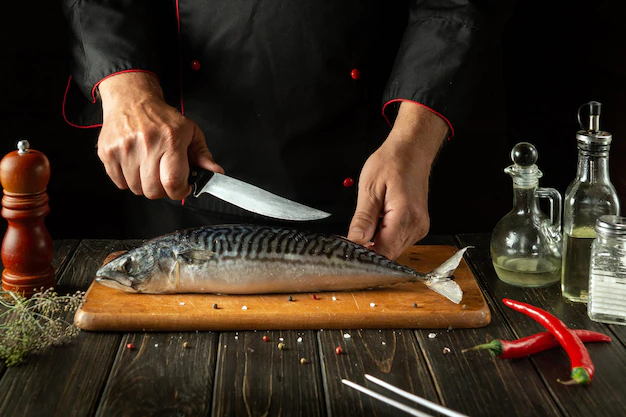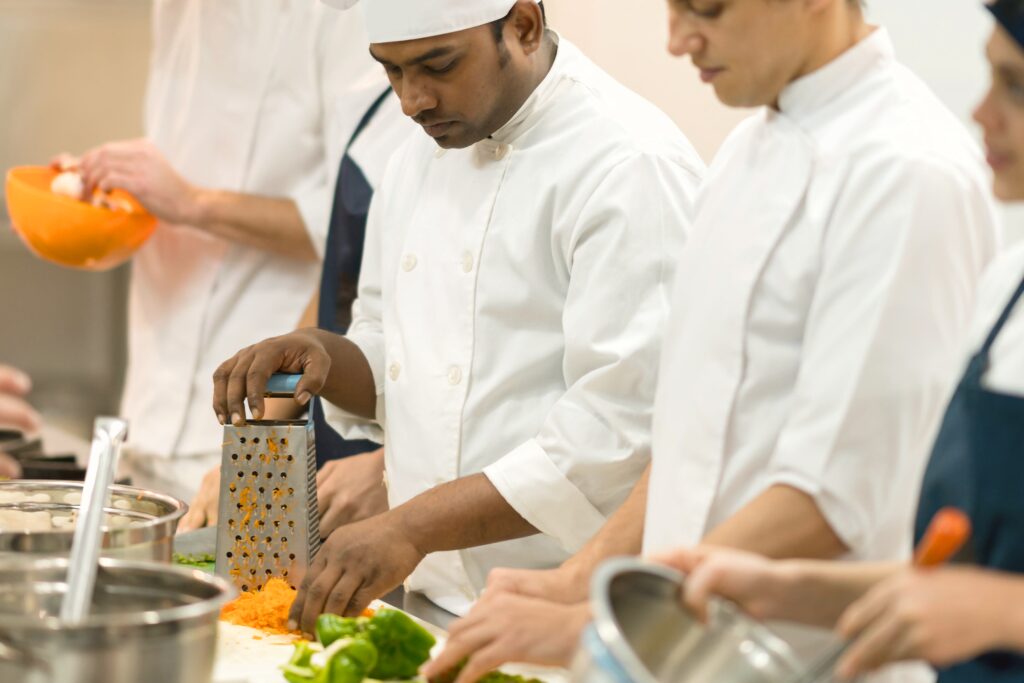
In a professional kitchen, the hierarchy of chefs is essential for maintaining organization, discipline, and efficiency. This structured system, known as the brigade de cuisine, was developed by Auguste Escoffier in the late 19th century and remains a cornerstone of modern kitchens. Here are the 10 top types of chefs, organized by rank and responsibility:
1. Executive Chef (Chef de Cuisine)
The executive chef is the highest-ranking individual in the kitchen. Responsible for the overall management of the kitchen, this chef designs the menu, manages budgets, oversees food quality, and ensures smooth kitchen operations. In large establishments, the executive chef may rarely cook and instead focus on administrative and supervisory duties.
2. Sous Chef (Deputy Chef)
Directly beneath the executive chef, the sous chef acts as the second-in-command. They oversee day-to-day operations, coordinate kitchen staff, and step in during the absence of the executive chef. A good sous chef must be highly skilled, organized, and able to handle pressure.

3. Chef de Partie (Station Chef)
The chef de partie manages a specific section of the kitchen. Depending on the size of the restaurant, there may be several chefs de partie, each specializing in a particular type of dish or technique. They are experts in their area and ensure their team delivers consistent, high-quality dishes.

4. Saucier (Sauce Chef)
The saucier is in charge of making sauces, soups, and stews. This role is considered one of the most prestigious among station chefs due to the complexity and importance of sauces in fine dining. In smaller kitchens, this role may be combined with others.

5. Poissonnier (Fish Chef)
This chef specializes in preparing and cooking fish and seafood. The poissonnier must understand the nuances of different types of fish, including how to clean, fillet, and cook them to perfection.
6. Rôtisseur (Roast Chef)
The rôtisseur handles roasted, grilled, and braised meats. They are responsible for meat preparation, including marinating and slow-cooking processes. In some kitchens, they may also oversee carving and plating meat dishes.
7. Garde Manger (Pantry Chef)
This chef manages cold dishes such as salads, pâtés, terrines, and cold appetizers. In high-end kitchens, the garde manger may also be responsible for decorative platters and presentations for buffets or banquets.

8. Pâtissier (Pastry Chef)
The pâtissier specializes in baked goods, pastries, and desserts. This role requires precision, creativity, and knowledge of baking techniques. In large establishments, pastry chefs may lead a team of bakers and confectioners.
9. Tournant (Relief Chef or Roundsman)
The tournant is a versatile chef who fills in wherever needed. They must be proficient in all stations and capable of stepping into any role to ensure operations continue smoothly, especially during staff shortages.

10. Commis Chef (Junior Chef)
Commis chefs are entry-level cooks working under the chef de partie. They assist with basic tasks such as chopping, prepping ingredients, and maintaining cleanliness. This role is an essential training position for those starting their culinary careers.
This hierarchy allows professional kitchens to function efficiently, ensuring each role supports the others while maintaining high standards of food quality and service.

